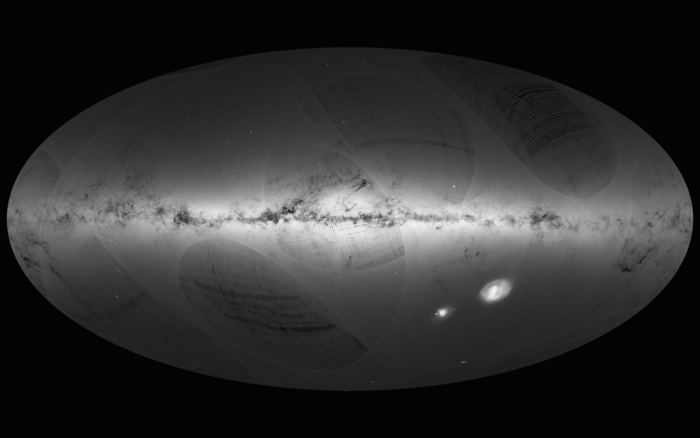This past week, the European Space Agency released its first dataset produced by the Gaia Mission, a spacecraft in orbit around the Earth-Sun second Lagrange point (L2). This dataset provides precise position and brightness information for over 1.1 billion stars in the Milky Way and satellite galaxies, along with distances and proper motions for 2 million of these. With still more data to come, Gaia provides the most comprehensive 3-dimensional map of the stars in our galaxy.
The release of this dataset is extremely significant to RECON, as it essentially eliminates previous uncertainties in the positional information of occultation target stars. This will allow us to make more precise predictions of occultation paths for trans-Neptunian Objects (TNOs). Uncertainties remain in our measurements of TNO positions, but Gaia provides a significant improvement to our occultation prediction efforts.

